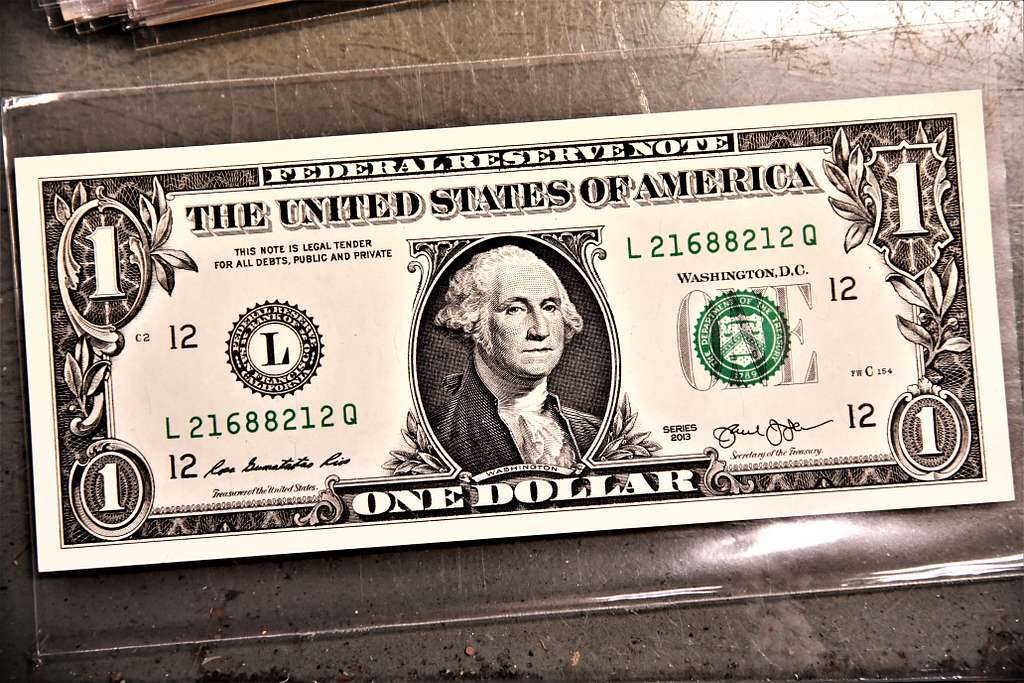
The U.S. Dollar Weakens Amid Economic Uncertainty
The U.S. dollar remained under pressure in early 2025 as investors weighed the potential impact of former President Donald Trump’s proposed tax policies and trade tariffs. With global markets on edge, the greenback’s instability reflects broader concerns about fiscal and trade disruptions.
Tax Overhaul and Economic Jitters
Trump’s push for sweeping tax cuts, including potential reductions for corporations and high earners, has sparked debate among economists. While supporters argue that lower taxes could stimulate growth, critics warn of widening deficits and inflationary risks. The uncertainty has left the dollar vulnerable, with traders eyeing how these policies might reshape the U.S. economic landscape.
Tariffs and Trade Tensions Return
Adding to the dollar’s woes, Trump’s renewed calls for aggressive tariffs on imports—particularly from China—have reignited fears of a global trade war. Analysts caution that such measures could disrupt supply chains, raise consumer prices, and slow economic growth. The prospect of escalating trade barriers has further dampened investor confidence in the dollar.
Global Markets React
As the dollar wobbles, other currencies like the euro and yen have seen relative gains. Meanwhile, emerging markets brace for potential volatility, especially if higher U.S. tariffs disrupt global commerce. Central banks worldwide are monitoring the situation closely, with some considering preemptive measures to stabilize their economies.
What’s Next for the Dollar?
With Trump’s economic policies still in flux, the dollar’s trajectory remains uncertain. Key factors to watch include:
- Congressional negotiations on tax reforms
- Global trade responses to U.S. tariff threats
- Federal Reserve actions amid inflationary pressures
For now, the dollar’s fragility underscores the high stakes of upcoming fiscal and trade decisions. Investors and businesses alike are preparing for a potentially turbulent economic climate ahead.






